INSTANT SURF
Back when international surf travel was still a thing, a rare offer arrived in my inbox. A subsidised trip to the Outer Banks during hurricane season. My lifelong passion of recording what I see on polaroid has been made into a short film, which will be played at the Surfalorus surf film festival in Nags Head. One look at the map confirms we’ll be right in the middle of miles of fickle but epic beachbreaks that stretch onwards past Cape Hatteras. I call up my old friend and lifelong surfer Toby Ray and he doesn’t need much convincing. We grew up surfing under cliffs in the cold and the idea of a prime time strike mission to east coast USA is hard to resist. The fantasy of warm water a-frames has me checking through a huge stack of polaroid film and imagining the near future. At this stage, a hurricane was just something thrilling, something that we’d chase down and reap the benefits of.
A month out and we are refreshing and refreshing the NOAA hurricane forecast which starts to register activity. The first storms of the season sputter into life. We imagine stacked lines of long-range swell pouring into world-class beachbreaks, the storm spinning harmlessly away from the coast to send waves to our friends back home. We check the surf forecast daily, comparing notes, even though it is far too far away to mean anything. The ritual reinforces the daydream.
Hurricanes, known as cyclones or typhoons elsewhere in the World, form during the Atlantic Hurricane season which stretches from June to November, with the conveyor belt of storms peaking between August and October. Often starting life near the West Coast of Northern Africa, clouds gather and become thunderstorms. If all the ingredients are in place, storms continue to gain power and head West across the Atlantic, feeding off the warm water of Hurricane alley. As they move closer communities from Mexico to New York and beyond start to track their progress. On average six storms are classified as Hurricanes each year and around three hit the American mainland every five years.
We are watching this process incredibly closely, comparing notes on how much we are going to score. Then Dorian happens.
One of the most powerful Atlantic Ocean hurricanes ever recorded, with winds peaking at 185 mph. Harrowing damage and loss occurs in parts of the Bahamas as the monster sits on the Islands as if it’s making a point. Finally, after a devastating 24 hours, it moves on and bears down on the East Coast of the USA. Florida first, then it rolls North. I am glued to the constant media stream of Dorian’s progress. Suddenly, our destination is being evacuated. As Dorian works up the coast predictions of its impact vary. The Outer Banks are hit hard, especially Okracoke and Southern Hatteras. Our daydreams of an idyllic surf trip wane. During the swipe of the Caribbean and US, Hurricane Dorian is responsible for 84 deaths, 282 missing people and over $4.5 billion worth of damage.
As the waters recede, reports show destruction and most of Hatteras Island off limits. Highway 12, the main artery between surf spots is closed, and even if it was open many parts are buried under sand and water, or just washed away altogether. We check travel insurance and debate options, while not really knowing exactly what options we have. Over time it becomes clear that although in the middle of a clean up, most of the Outer Banks are opening, or will be open by the time we are planned to arrive. Highway 12 is being repaired and people are returning to their homes. Hurricane season is an annual reality here, people pick themselves up and go on.
A week before we are due to travel, the hurricane forecast shows another group of rainstorms combining in the Atlantic. Humberto is born, and once again our plans are undermined. Surfers are selfish, we catch ourselves feeling like hard-done-by teenagers who want to go surfing, against a reality of coastal devastation and impact on people’s lives. The forecast seems to vary hour on hour, some show the storm hitting the East Coast head on, whilst others show its power staying in the Atlantic. Luckily this time Humberto doesn’t make landfall. It’s on.
We are there. Jetlag and years of early starts with kids mean we’re awake well before the sun. In the dawn light we stroll the 100 metres from the hotel, down one of the iconic East Coast boardwalks to the beach. Climbing the final steps, we're greeted with a 40 mph cross onshore wind and immediately forced to shelter from the sand being driven at us. The sea is big and confused. All this courtesy of Humberto’s tail. Hunkering behind the railings, the sky sets up a breathtaking sunrise and we watch Willet birds feed at the water’s edge. However, there is clearly no surfing to be done on this coast today.
The budget hotel serves an unhealthy breakfast containing little nutrition, using disposable plastic cutlery and plates. I feel uncomfortable to see such clear evidence that throw away society still exists in a place where there is really no need for it to. Growing up on the craggy coast of Cornwall, shelter from the wind is often just a few bays away. That’s not the case here, the only escape from this howling North Easterly is 60 miles South around Cape Hatteras.
As we drive down these barrier islands, the surf is hidden from view other than the occasional glimpse of whitewater through Marram grass on the dunes, or crossing the huge bridge that connects the islands. It doesn’t take long before we see some evidence of Dorian. The islands on average are only 12 feet above sea level and at points feel no wider than a football pitch. It’s clear how the ocean and weather control this place. In fact, around 30 inlets have formed or closed here over the last 400 years. Diggers move mounds of filthy sand to keep the highway clear. Piles of destroyed belongings varying from just a few branches, to what looks like the contents of an entire home wait to be collected. The line of volunteer cars at the Buxton Fire department is a sobering indication of just how affected this community has been.
Whether climate change is feeding these storms is still debated by politicians and professionals, but the devastation here is so prominent and I continue to dwell on it until we arrive at a busy parking lot. The wind is still strong but now blowing spray high off the back of the waves rather than driving them towards the beach. The water is tropical warm but a murky opaque green. I paddle out with a hint of trepidation as always at a new spot, putting thoughts of big grey fish out of my mind. The recent swarm of sea lice I’d read about is gone, but an irritating few remain. The sweep is savage and a challenge for even the strongest of paddlers. I choose to float with the current and pick off waves as they come to me. We both score fun, overhead but almost unmakeable lefts under the punishing sun.
Our routine for the first three days quickly becomes reassuringly familiar. The drive south, a comfortable quiet with a friend of 25 years, a soundtrack of heavy metal and thumbs drumming the steering wheel. Pelicans cruising by. Fruit liberated from the hotel breakfast for lunch and laser fast left handers. Each evening, tired and sunburnt, we watch surf movies at the Surfalorus film festival.
The swell drops and the wind calms for Friday. We leave our hotel and move to the film festival accommodation before we hit the road. A handful of us share shoulder high glassy perfection for 4 hours, making multiple laps of the beach. I’m shaking with exhaustion as I inhale haribo and guzzle water back at the car. The forecast for the coming weekend had been locked in all week. Wind going offshore and plenty of swell left from Humberto.
We’ve now got over 60 miles of beach break options. You could drive all day here checking spots; S-Turns, Lighthouse, Jennette's Pier and countless banks known only by their beach access ramp number. These islands are made almost entirely of sand, and that sand moves a lot. It’s clearly a local’s privilege to know where is good and when.
One of the piers is showing its teeth at low tide. Within five minutes we’ve seen countless spitting barrels, snapped boards and one guy carried to a truck with a leash as a tourniquet after his fin tried to remove his bicep. We check out a hint from someone we’ve chatted to about good banks in town. We find the car park named by its street and realise it’s next to the hotel we’d been staying in. The waves couldn’t look any different than they had earlier that week when we took our first glimpse of the sea. It’s overhead, glassy, quiet, and the water is the bluest I’ve seen it all trip. Exactly what those daydreams were about back at home.
At the peak the surfer who’d suggested this spot calls it the best waves in a year. A decadent session being hooted into waves by friendly locals. For me, it doesn’t get much better than this. I tap into hotel wifi from the car park to make a hasty call to let friends back home know just how good it is. Sadly my gloating comes back to haunt me when an afternoon sea breeze ruins it not long after paddling out for more.
Sunday starts early as we pack to head home. The swell has dropped but there’s still plenty for one final surf. A quintessential East Coast surf panorama, A-frame peaks zipping off in the shadow of a fishing pier. Wet boardies are stuffed into bags and six lanes of freeway take us to the airport. 24 hours later we’re home. I surf a small swell at my local. It feels a fitting conclusion that these waves were formed by Humberto as it moved back East across the Atlantic; one storm, two continents.
It’s a trip that will live long in the memory, lucking into a perfect chart. For us, hurricanes started out being brightly-coloured blobs on the map, almost as if they were forming just to give us pleasure and excitement. The reality for many in the area was the beginning of rebuilding homes, businesses and lives. The difficult yin and yang of surfing, yearning for storms which scientists tell us we are contributing to, that bring such misery to others. It's easier to brush over these things when you see them on the news. Much less so after spending a week driving through the aftermath. Can we justify it with the few hundred tourist dollars we spent? They feel inconsequential to the millions done in damage. Of course offsetting flights is a valuable thing to do but it’s little consolation to someone who has two feet of sea water in their home.
The revered hurricane swell was so much more than good waves. This trip showed me that just jumping on a plane is not something we can continue to do just when we feel like it. For every wave, turn and smile that hurricane gave us, it took significantly more from a lot more people.



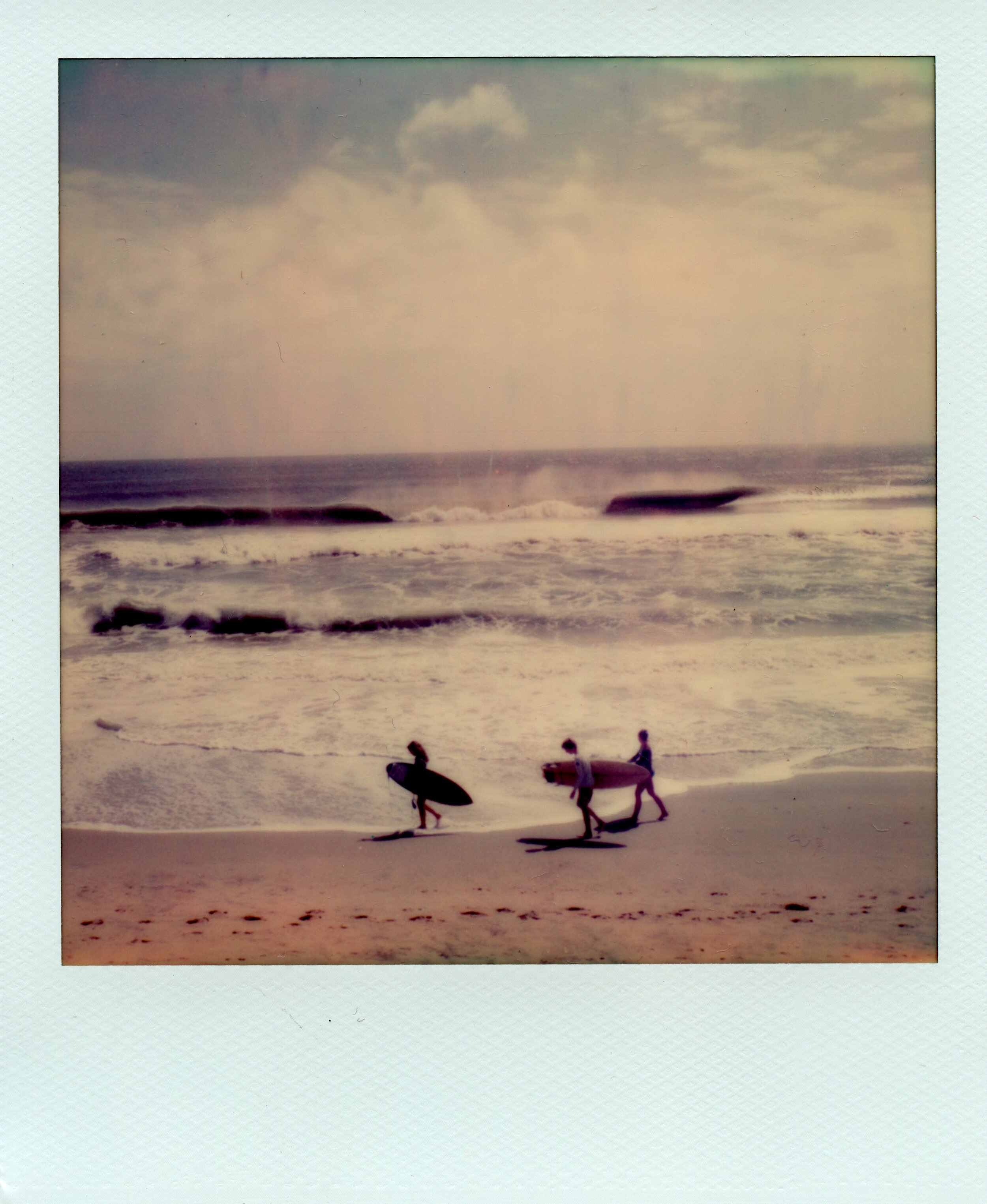


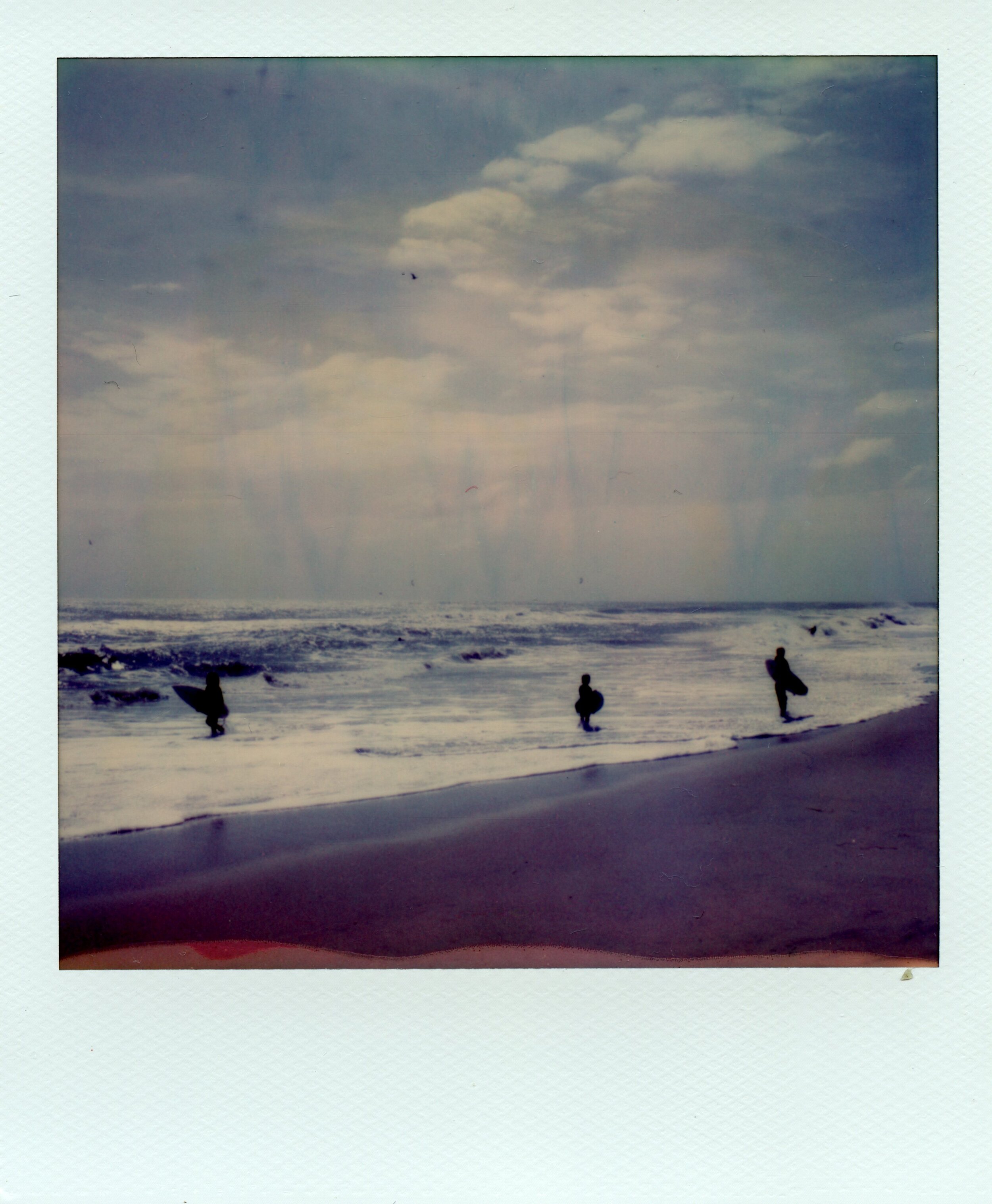
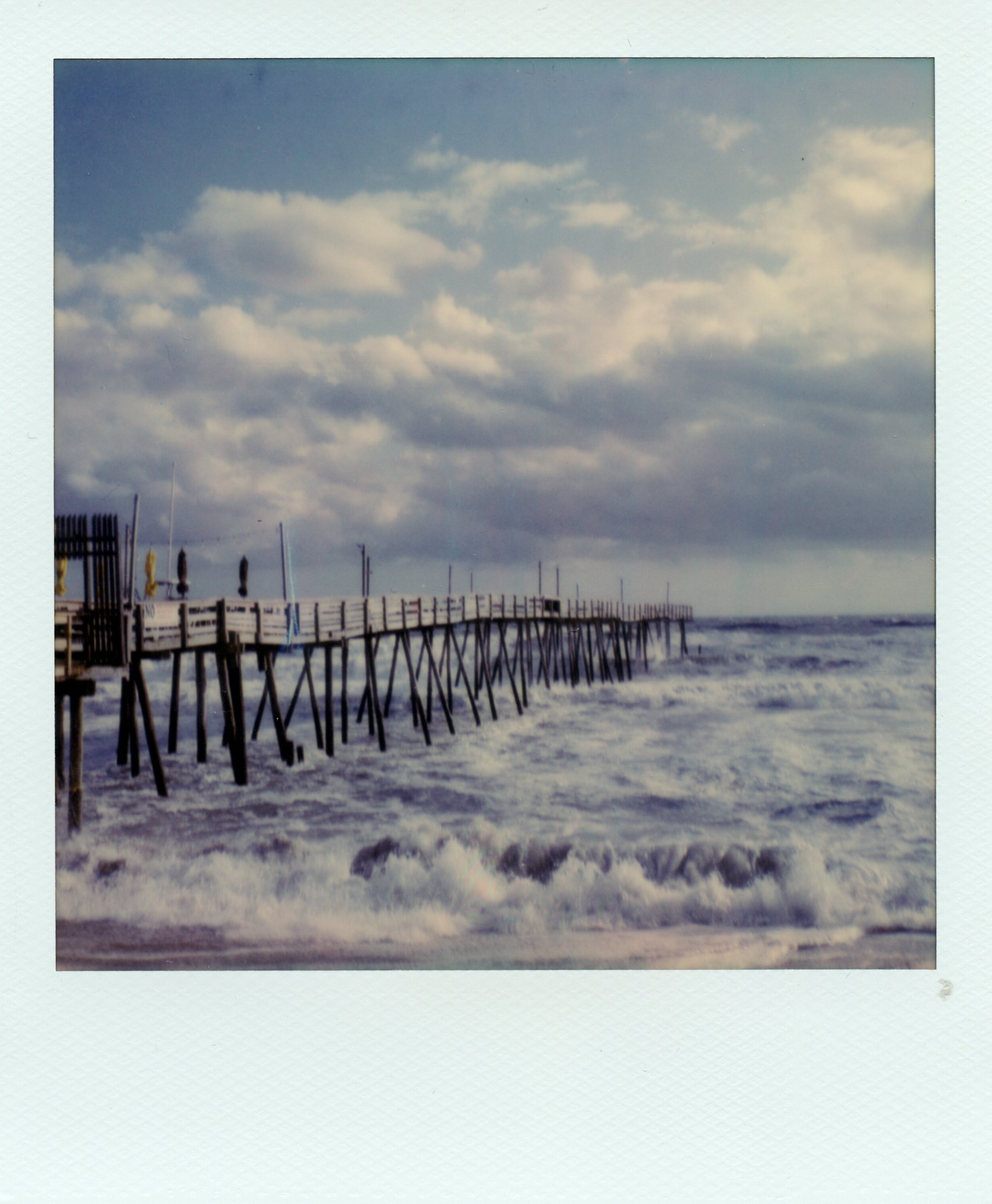
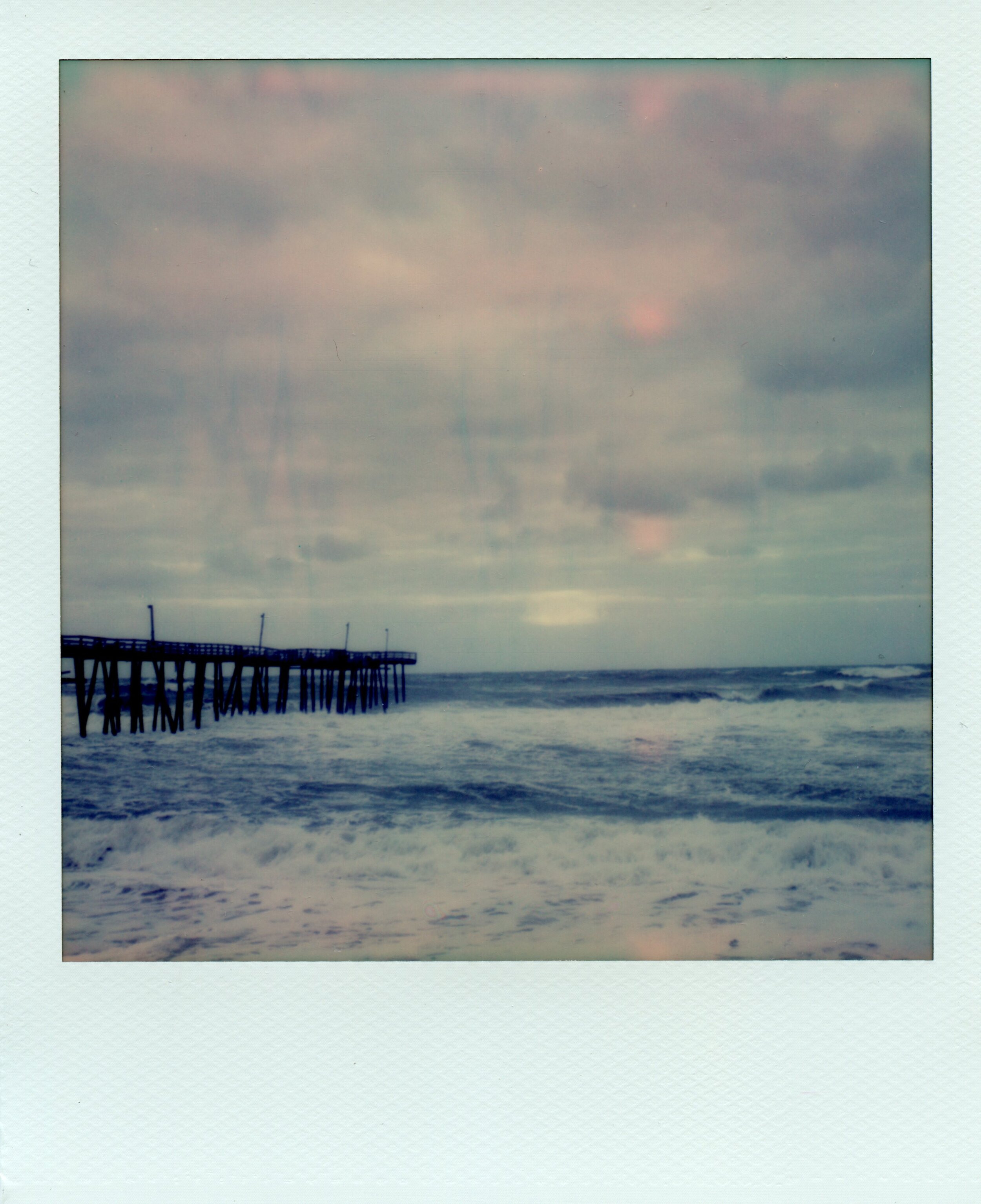
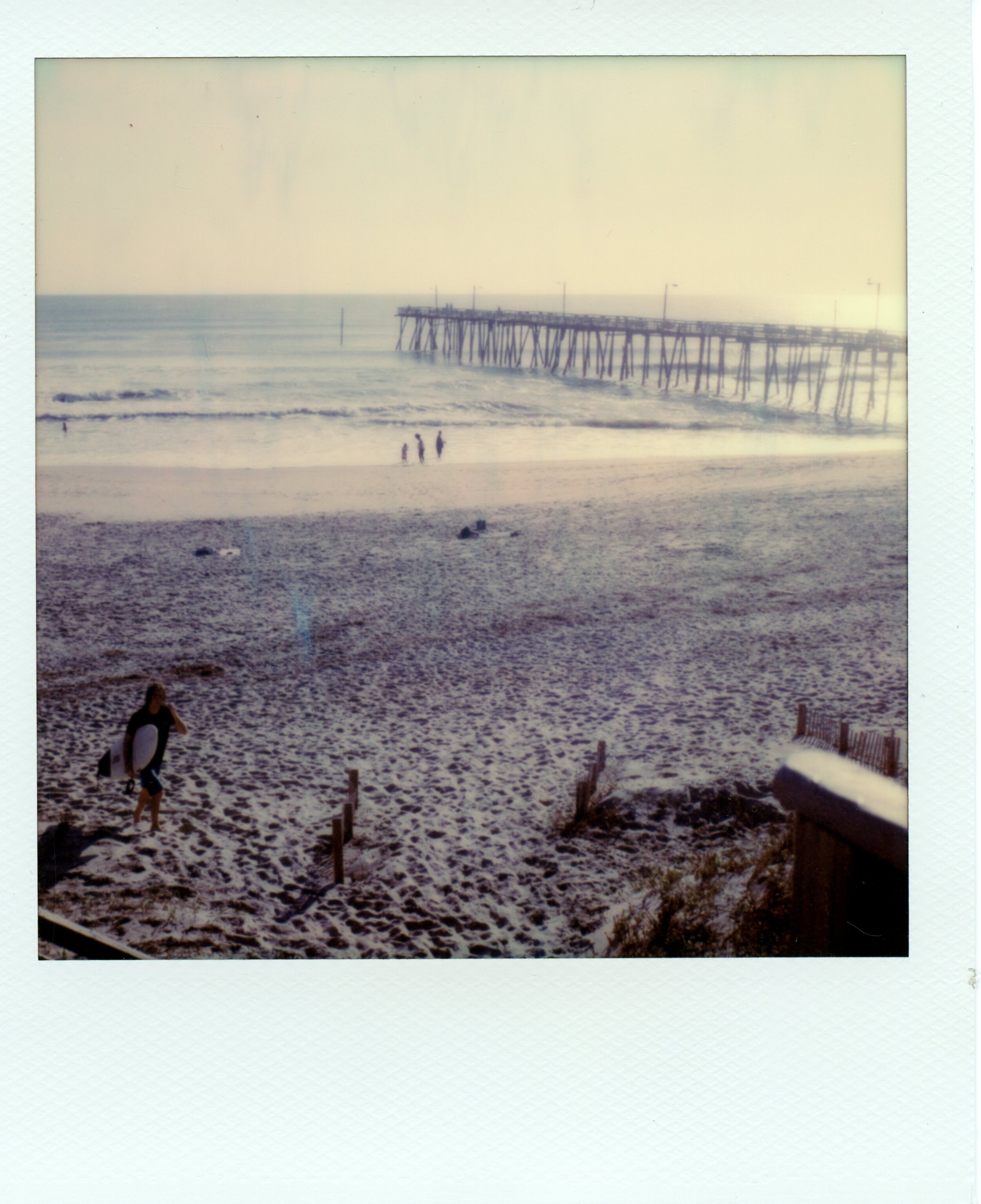
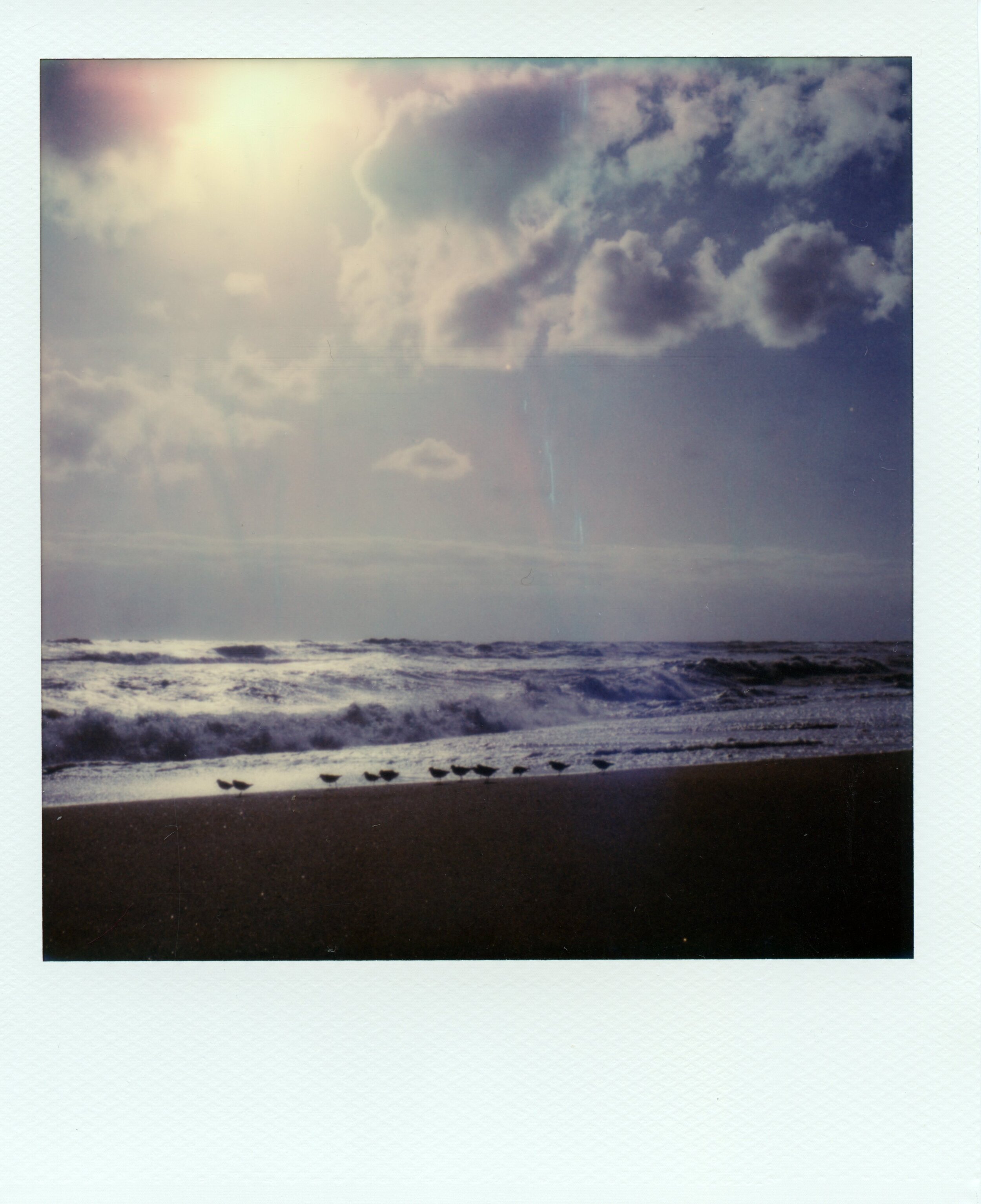
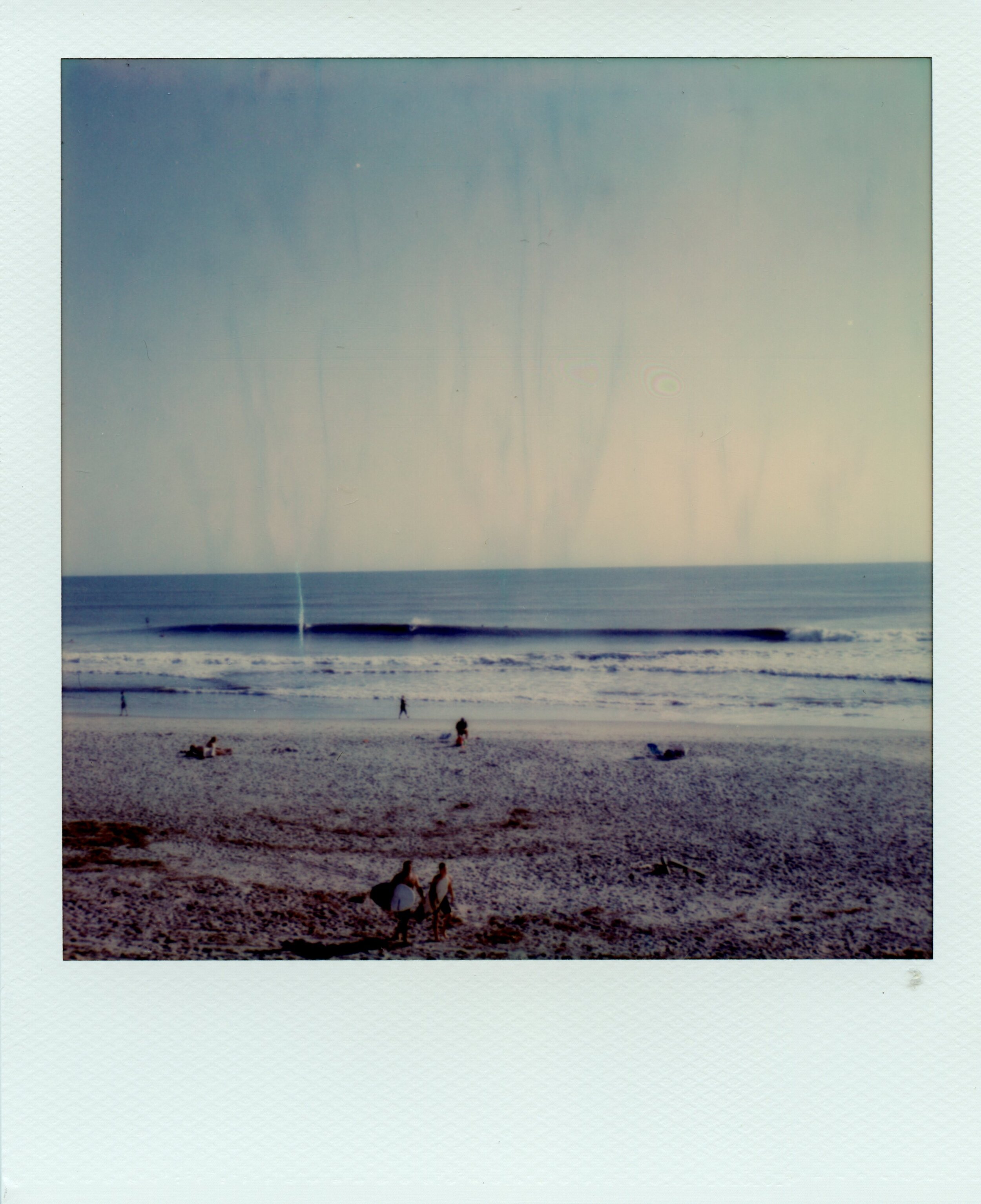
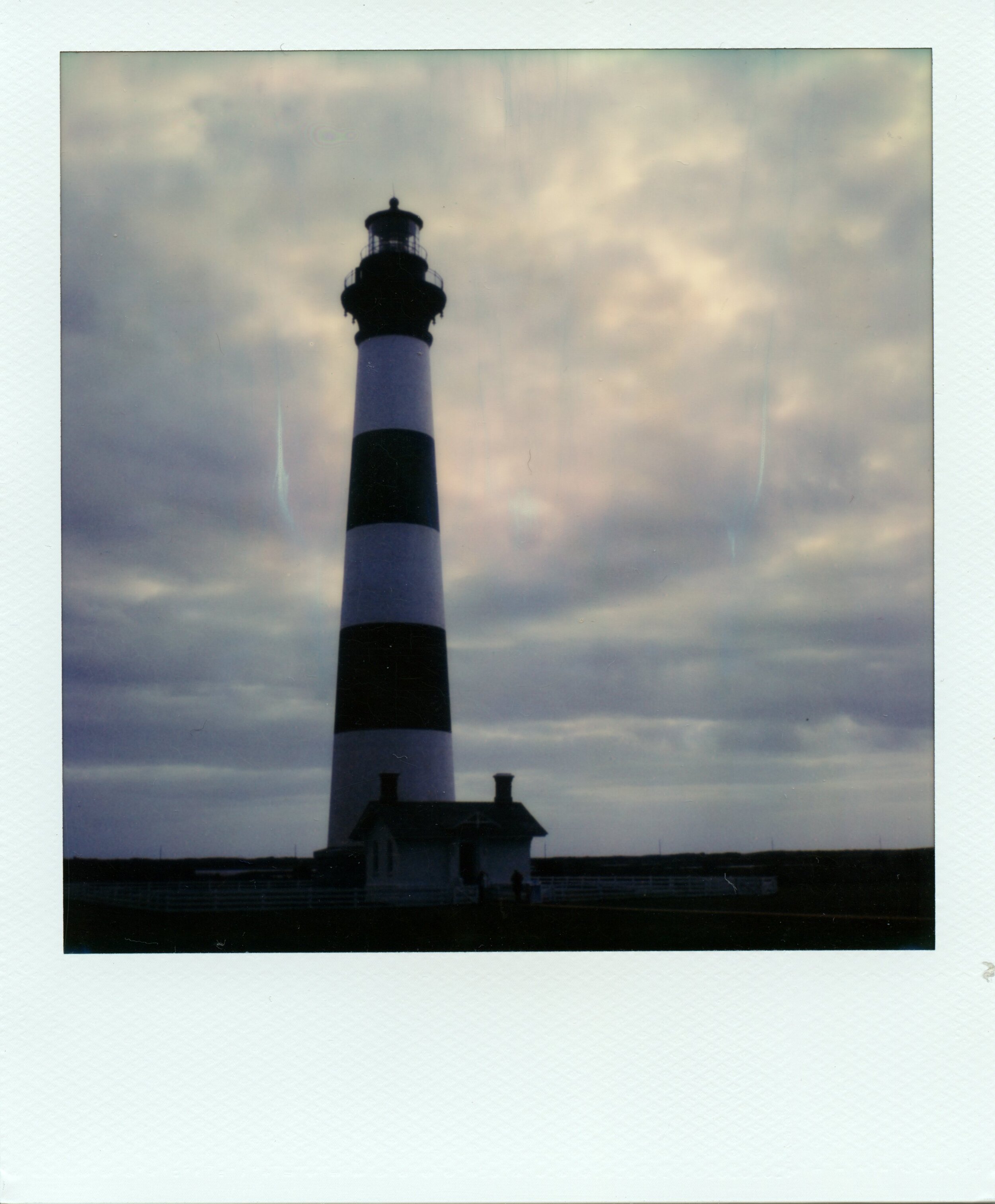

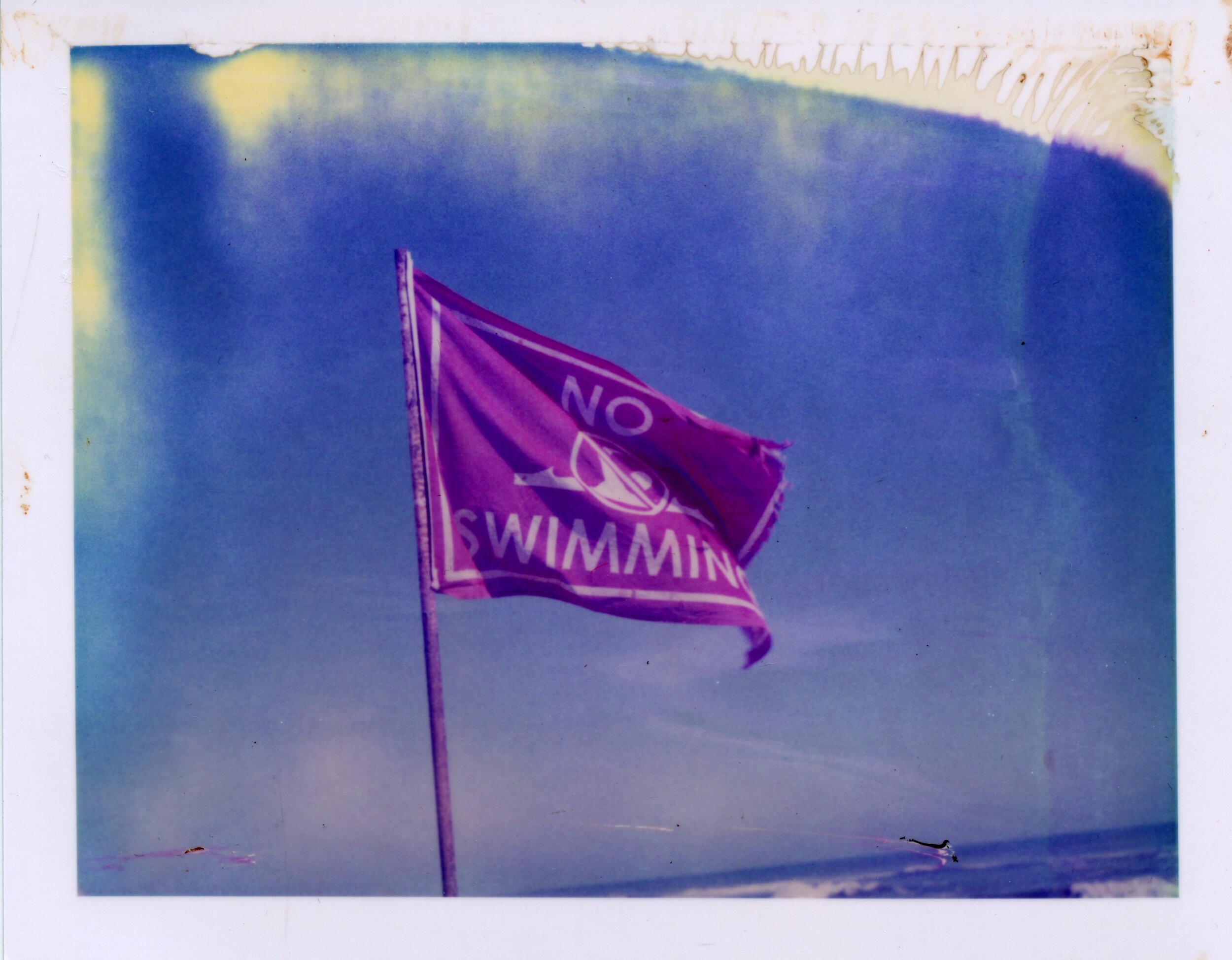









Shot over consecutive mornings during the long, recent run of North Coast autumn swell, In the Family of Things is Dave Rastovich in his element, doing his thing.